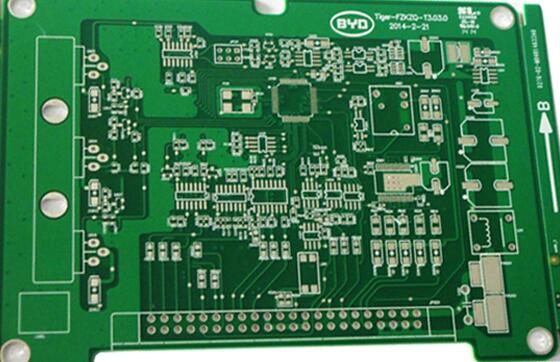PCBA three anti-paint spraying process and matters needing attention
PCBA three-proof paint has excellent insulation, moisture-proof, anti-leakage, anti-vibration, dust-proof, anti-corrosion, anti-aging, anti-mold, anti-part loosening and insulation and corona resistance properties, which can extend the storage time of PCBA. The spraying method is the most commonly used coating method in the industry.
PCB A three anti-paint spraying process
1. Tools needed-
Three anti-paints, paint boxes, rubber gloves, masks or gas masks, brushes, American tape, tweezers, ventilation equipment, drying racks, ovens.
2, spraying steps
Brushing side A-surface dry-brushing side B-curing at room temperature
3, coating requirements
(1) Clean and bake the board to remove moisture and moisture. The dust, moisture and oil on the surface of the object to be coated must be removed first, so that it can give full play to its protective effect. Thorough cleaning can ensure that the corrosive residues are completely removed, and make the three-proof paint adhere to the surface of the circuit board well. Drying conditions: 60°C, 10-20 minutes, take it out of the oven and apply it while it is hot, the effect will be better;
(2) When coating the conformal paint by brushing method, the brushing area should be larger than the area occupied by the device to ensure that the device and the pad are completely covered
(3) The circuit board should be placed as flat as possible when brushing the three-proof paint, there should be no dripping after brushing, and the brushing should be smooth and no exposed parts, preferably between 0.1-0.3mm.

(4) Before brushing and spraying the conformal paint, ensure that the diluted conformal paint is fully stirred, and leave it for 2 hours before brushing or spraying. Use a high-quality natural fiber brush and lightly brush and dip at room temperature. If machinery is used, the viscosity of the paint should be measured (with a viscosity agent or a flow cup), and a thinner can be used to adjust the viscosity.
(5) The circuit board components should be immersed vertically in the paint tank. The connector should not be immersed, unless it is carefully covered, the circuit board should be immersed for 1 minute until the bubbles disappear, and then slowly take it out. A uniform film will be formed on the surface of the circuit board. Most of the paint residue should be allowed to flow from the circuit board back to the dipping machine. TFCF has different coating requirements. The immersion speed of the circuit board or components should not be too fast to avoid excessive bubbles.
(6) When using again after dipping, if there is skinning on the surface, remove the skin and continue using it.
(7) After brushing, place the circuit board on the support and prepare for curing. Heating is needed to accelerate the curing of the coating. If the surface of the coating is uneven or contains bubbles, it should be placed in a high-temperature oven for more time to be cured at room temperature to allow the solvent to flash out.
Precautions
1. During the spraying process, some components cannot be sprayed, such as high-power radiating surface or radiator components, power resistors, power diodes, cement resistors, dial switches, adjustable resistors, buzzers, Battery holder, insurance holder (tube), IC holder, touch switch, etc.
2. It is forbidden to pour the remaining three-proof paint back into the original storage container, and keep it separately and airtight.
3. If the working room or storage room is not opened for a long time (more than 12 hours), it should be ventilated for 15 minutes before entering.
4. If you accidentally splash into the glasses, you should immediately open the upper and lower eyelids, rinse them with running water or saline, and then seek medical treatment.